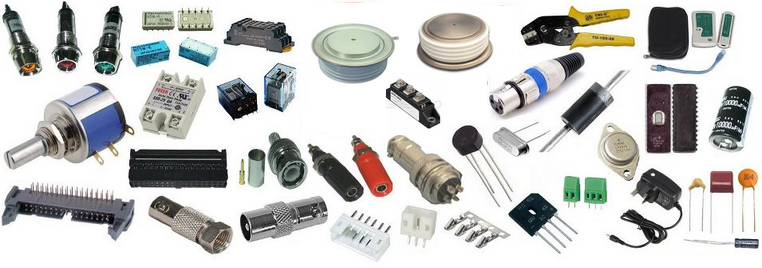Testing basic electronic components is a crucial skill for anyone involved in electronics, whether you're a hobbyist, a student, or a professional. Accurate testing ensures the reliability and functionality of electronic circuits. In this comprehensive guide, we will explore the various methods and techniques used to test basic electronic components, including resistors, capacitors, diodes, and transistors. By mastering these testing techniques, you'll be equipped with the knowledge and skills to troubleshoot and repair electronic devices effectively.
- Testing Resistors:
Resistors are one of the most commonly used components in electronic circuits. To test a resistor, you can use a multimeter in resistance mode. Connect the multimeter leads to the resistor terminals and observe the resistance reading. Additionally, you can use the color code markings on the resistor to determine its resistance value. - Testing Capacitors:
Capacitors store and release electrical energy in electronic circuits. To test a capacitor, you can use a multimeter in capacitance mode. Connect the multimeter leads to the capacitor terminals and observe the capacitance reading. It's also essential to check for any leakage or short circuits in capacitors using an ESR (Equivalent Series Resistance) meter. - Testing Diodes:
Diodes allow current to flow in one direction and block it in the opposite direction. To test a diode, you can use a multimeter in diode mode. Connect the multimeter leads to the diode terminals and observe the voltage drop reading. A forward voltage drop indicates a functioning diode, while a reverse voltage indicates a faulty diode. - Testing Transistors:
Transistors are essential components in amplifiers, switches, and other electronic circuits. To test a transistor, you can use a multimeter in transistor testing mode. Identify the transistor's pin configuration (base, emitter, and collector) and connect the multimeter leads accordingly. The multimeter will provide readings for hFE (current gain) and voltage drops, allowing you to determine the transistor's functionality. - Advanced Testing Techniques:
In addition to basic component testing, advanced techniques can be employed for more accurate analysis. These include using an oscilloscope to observe waveforms, a function generator to stimulate components, and a logic analyzer for digital circuit testing. These tools provide in-depth insights into component behavior and help diagnose complex circuit issues.
Conclusion:
Testing basic electronic components is an essential skill for anyone working with electronics. By following the techniques outlined in this guide, you can confidently test resistors, capacitors, diodes, and transistors. Remember to use a multimeter in the appropriate mode and leverage advanced testing tools when necessary. With practice and experience, you'll become proficient in identifying faulty components and troubleshooting electronic circuits effectively.

